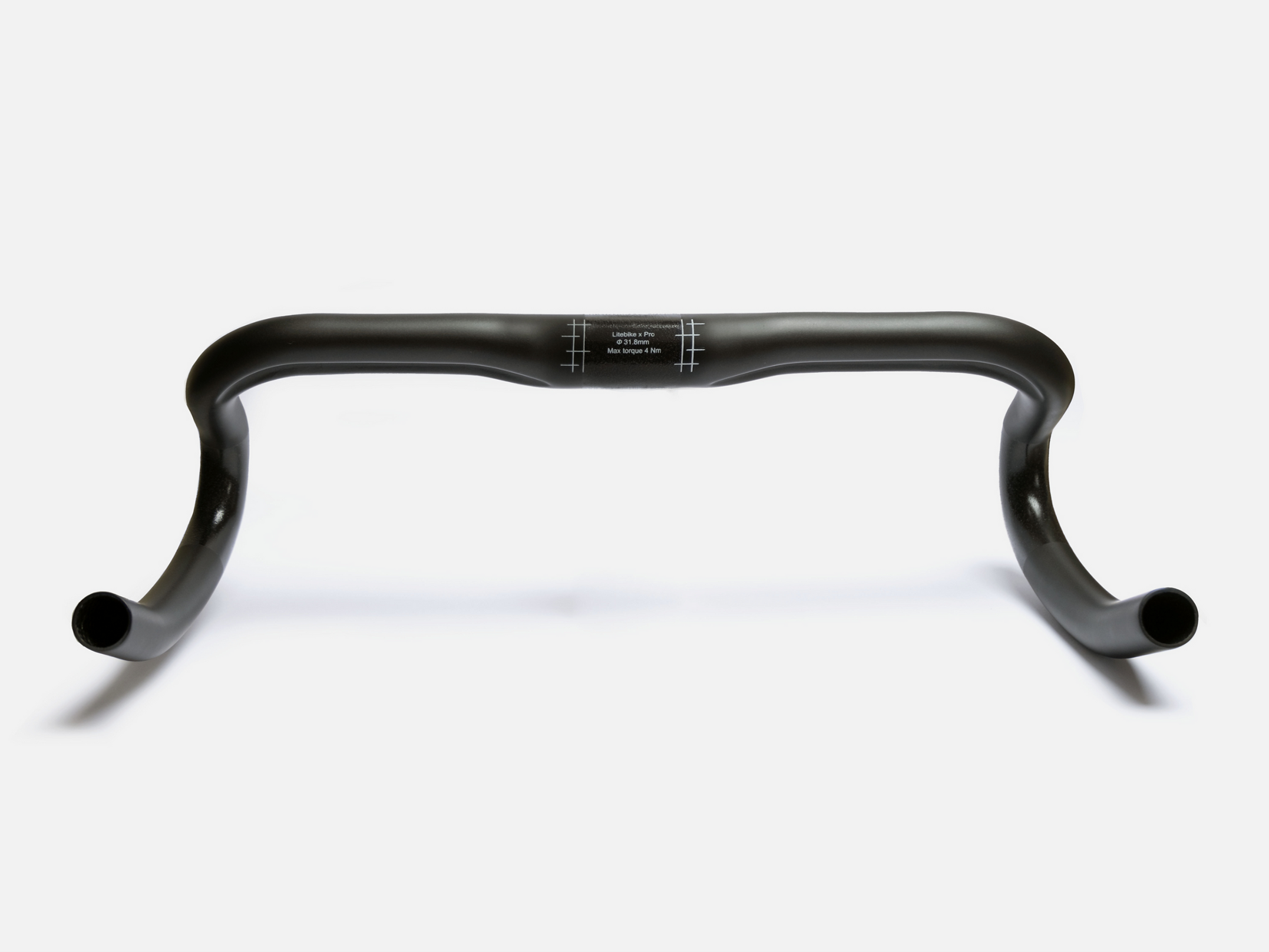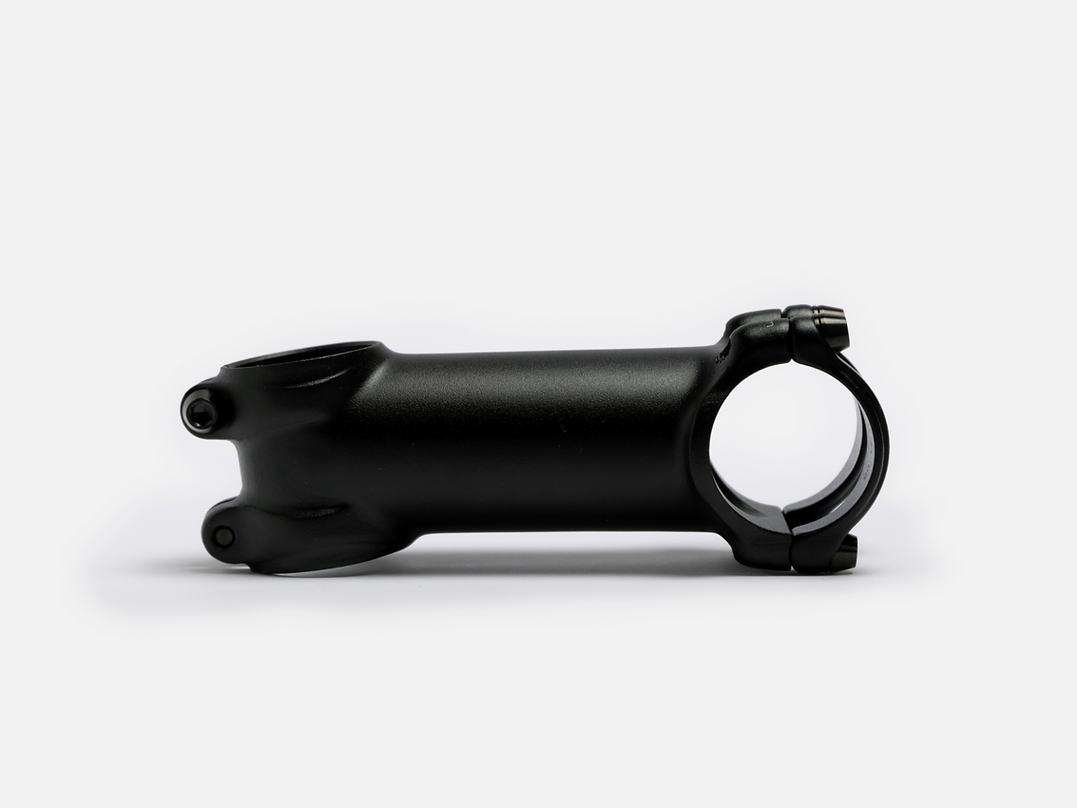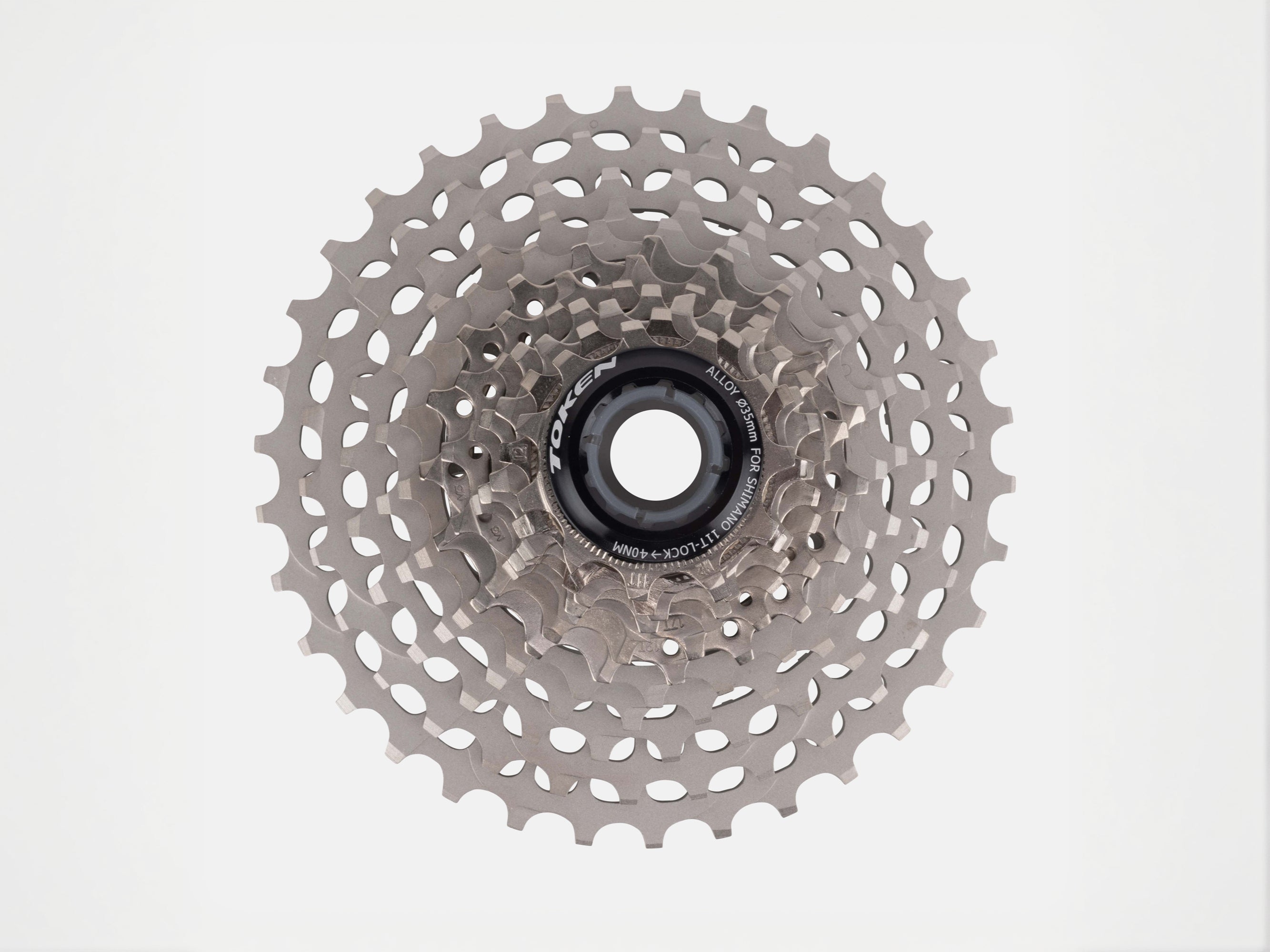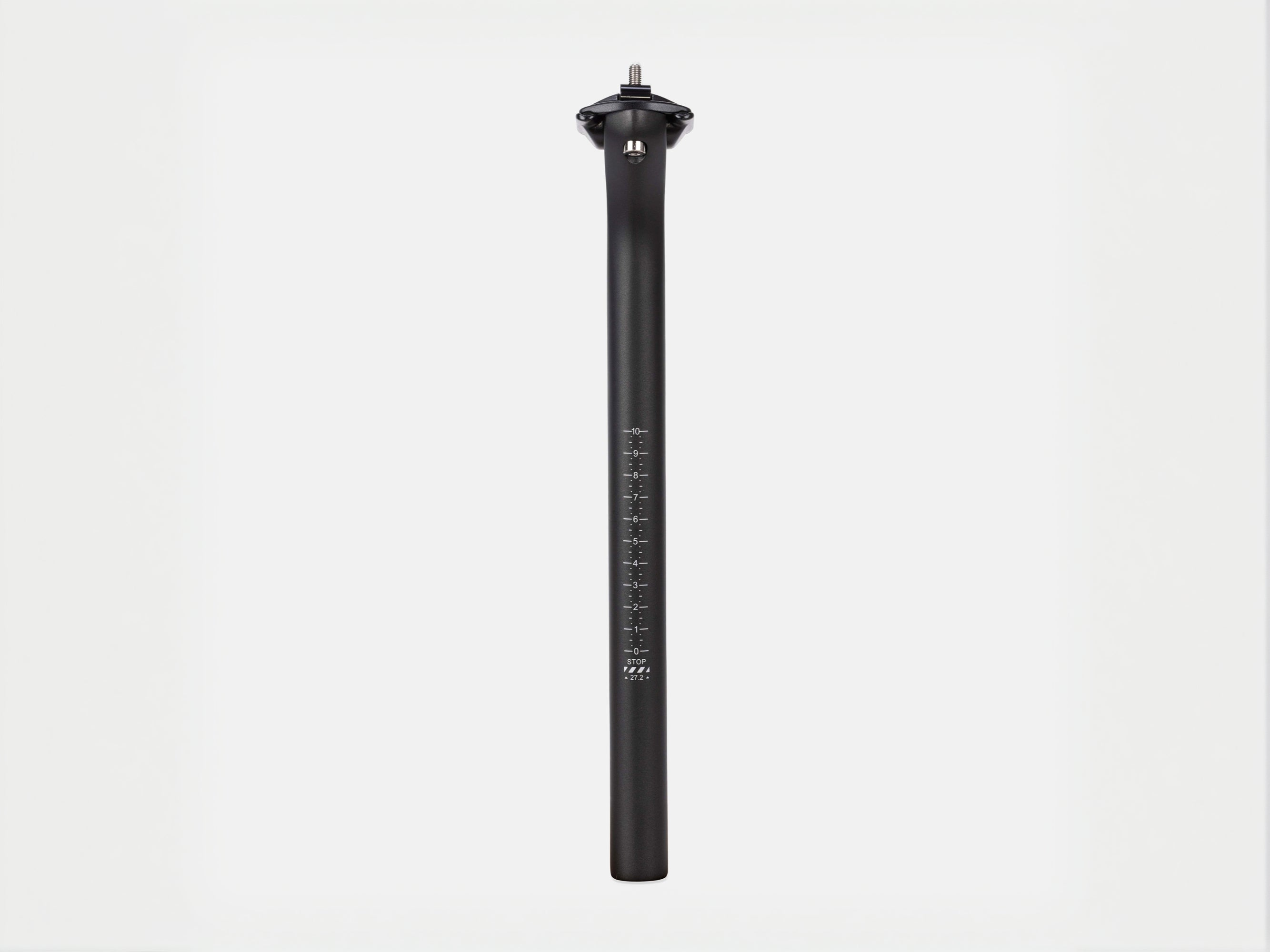In this project we compared TPU inner tubes against latex and butyl alternatives across three categories: speed, durability and air retention.
Speed
Speed is essentially a function of weight and rolling resistance. TPU (thermoplastic polyurethane) tubes are much lighter than latex or butyl. Lighter inner tubes, all else equal, mean faster acceleration and easier climbs. In terms of rolling resistance there isn’t much difference between TPU and latex, but butyl is noticeably slower. This is because butyl has lower elasticity, causing higher internal friction between the tube and the inside of the tyre, especially under high performance use.
We’ve found our TPU inner tubes give us a saving of up to 3.5 Watts over regular butyl tubes at speeds around 30 km/h. In percentage terms this equates to a 20% more efficient inner tube.

Durability
TPU inner tubes come out on top. TPU inner tubes are recyclable, but more importantly are more puncture resistant. This is because TPU has greater flexibility which means the tyre finds it easier to handle changes in road surface. Butyl tubes do fairly well on durability whereas latex tubes are more fragile and puncture more often. All inner tubes including TPU punctured under significant load.
We observed the flexibility of TPU inner tubes has additional benefits. It gives better traction and cornering, which means more confidence taking turns at high speeds.
It’s first place to TPU, then butyl with latex in third (n=54):

Air retention
Anyone who has experience with latex and butyl tubes will know they need constant attention. While latex and butyl tubes lose air over time, TPU tubes maintain their pressure for longer, meaning less time spent topping up tires.

Conclusion
TPU bike inner tubes like our own-brand tubes offer a range of benefits compared to traditional butyl and latex tubes. TPU inner tubes compare better on speed because they are lighter and have lower rolling resistance, are more durable and have improved air retention. We’re not surprised they are becoming increasingly popular with cyclists. If you’re after next-level performance and want to invest in lightweight bike parts, it’s worth considering upgrading to TPU inner tubes.








